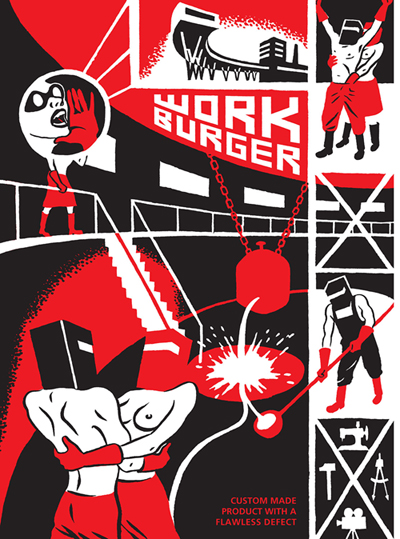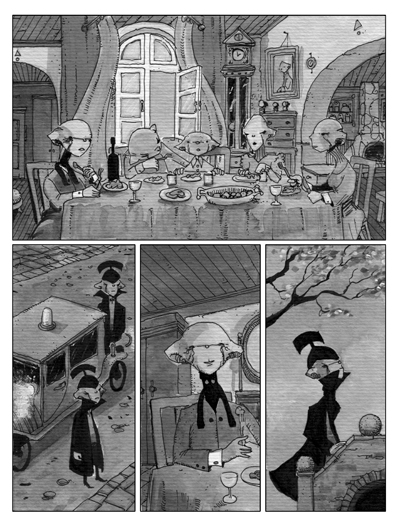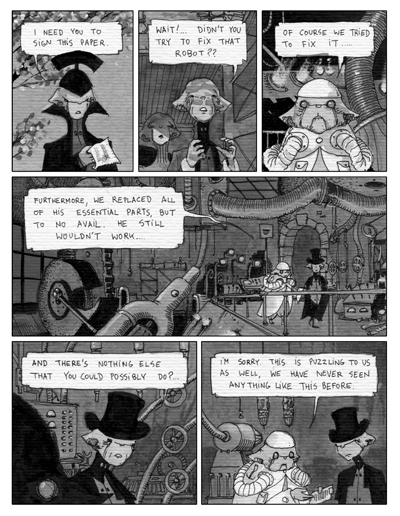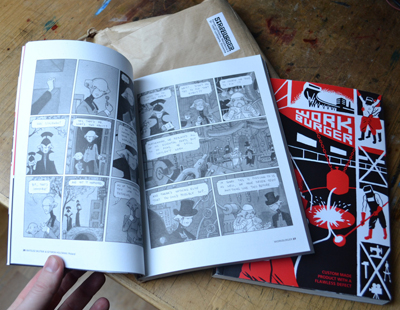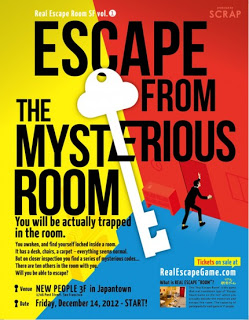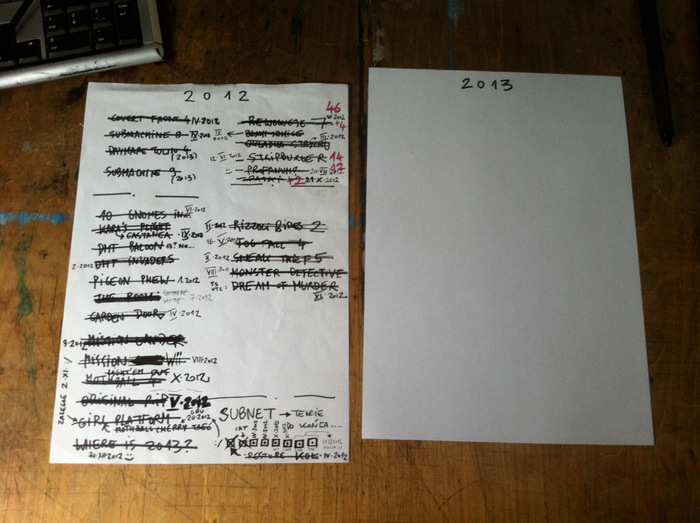Rewolucje na Morzu – recenzja w Booklips
March 9, 2013
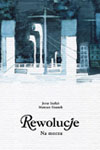 Rejs z mewą w tle.
Rejs z mewą w tle.
Ocena: 9 / 10
Szukasz zajęcia dla swojego bohatera? Poślij go w morze. Choćby siedział samotnie w łodzi niczym Hemingwayowski Santiago, temat sam się niechybnie narzuci. Jak nie ryba wychynie za burtą, to na balustradzie przycupnie jakiś ptak. Podobna myśl zaświtała w głowach Mateusza Skutnika i Jerzego Szyłaka, którzy w szóstym tomie „Rewolucji” postanowili zabrać nas w komiksowy rejs. Nie posiadacie państwo biletów? No. To wchodzimy.
Na pokładzie odpływającego parowca razem z nami znalazła się reprezentacja niemal całej przedwojennej socjety. Mamy więc wątłą milady w towarzystwie opiekuńczego małżonka, słynną trupę teatralną w przykuwających uwagę makijażach, zapalonego kinematografistę, pogrążonego w zawiłych obliczeniach naukowca, rodzinkę na wywczasie z nadpobudliwym synkiem Antonim. Jest wprawdzie i groźny przestępca, który za pomocą samorobnej maszynerii mordował ludzi na odległość, ale kto by tam się nim przejmował, oprócz czytelnika, skoro siedzi zakuty w kajdany w pilnie strzeżonej kajucie głęboko pod pokładem.
Te jakże sielankowe okoliczności przyrody musiała zmącić jakaś skaza, a przybrała ona postać mewy. Najpierw jednej, potem dwóch i więcej, bo skrzydlatych gapowiczów zwykle na statkach co niemiara.
Mając na uwadze, że ewentualna krytyka mogła się pojawić, autorzy musieli zrobić tak, żeby tej krytyki nie było. Tylko aplauz i zaakceptowanie. Sztandarowa seria Mateusza Skutnika przeszła więc w tym tomie swoistą metamorfozę. Podjęcie współpracy z Jerzym Szyłakiem, pracownikiem naukowym Uniwersytetu Gdańskiego, z zamiłowania zaś scenarzystą komiksowym oscylującym pomiędzy brutalizmem a pornografią, zaowocowała odsunięciem na dalszy plan inspirowanej steampunkiem myśli technologicznej znanej z poprzednich tomów na rzecz bardziej uniwersalnego, klasycznie poprowadzonego dreszczowca. Świadom obranej konwencji przy pisaniu scenariusza autor przytępił nieco swe Szyłakowe ostrze – zrezygnował zupełnie z nagości, przemoc z kolei zaserwował z maestrią godną współczesnego Hitchcocka. „Rewolucje na morzu” to idealny wzorzec dla młodocianych autorów próbujących zgłębić trudną sztukę scenopisarstwa, komiksowego bądź filmowego. Dialogi ograniczone do niezbędnego minimum, umiejętnie zaznaczone motywy mające wzbudzić niepokój, narastający nastrój napięcia – długo można by wymieniać zastosowane chwyty, wyuczone na klasycznych przerażaczach zachodniej kinematografii.
Jest oczywiście też Skutnik, wybitnie uzdolniony artysta komiksowy, pomysłodawca serii. Gdyby urodził się dwadzieścia kilka lat wcześniej, stawiany byłby na równi z Tadeuszem Baranowskim, Januszem Christą, Grzegorzem Rosińskim czy Zbigniewem Kasprzakiem. Kto wie, może razem z tą ostatnią dwójką podbijałby dzisiaj frankofoński rynek? Jednakże kreska Skutnika pozbawiona jest mainstreamowych naleciałości swoich słynnych poprzedników. Bliżej mu do artystycznych wizji Joanna Sfara czy Nicolasa de Crécyego, chociaż wypracował absolutnie własną, odrębną stylistykę. „Rewolucje na morzu” to w zupełności „analogowe”, wykonane akwarelami dzieło. Nawet charakterystyczna faktura papieru, na którym powstawały rysunki, pełni tu doskonale swoją rolę – potęguje wrażenie przebywania na morzu, jakbyśmy czytali w rytmie powolnie kołyszących się przed oczami fal.
Osób niezorientowanych w komiksowych „Rewolucjach” niechaj nie zniechęci szóstka wymalowana na grzbiecie tomu. Od numeru piątego każdy z albumów opowiada osobną historię. Ta rozgrywająca się na morzu winna pojawić się na półce każdego, kto interesuje się szeroko pojętą kulturą. Choćby żaden inny polski komiks nie miał się tam nigdy więcej znaleźć.
Artur Maszota








